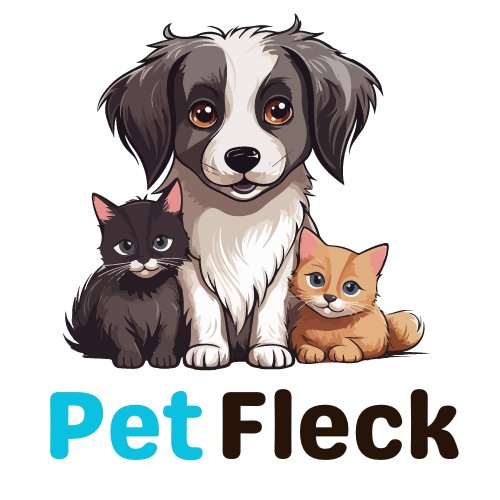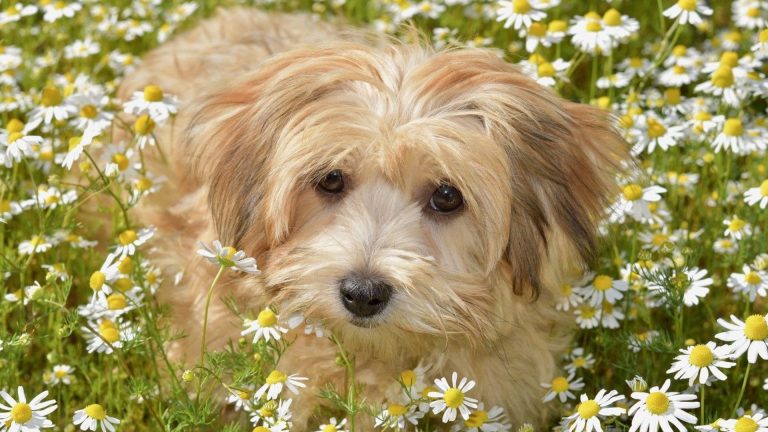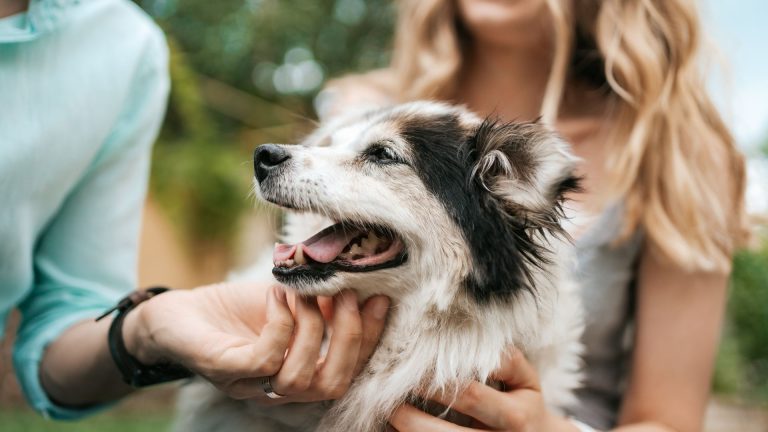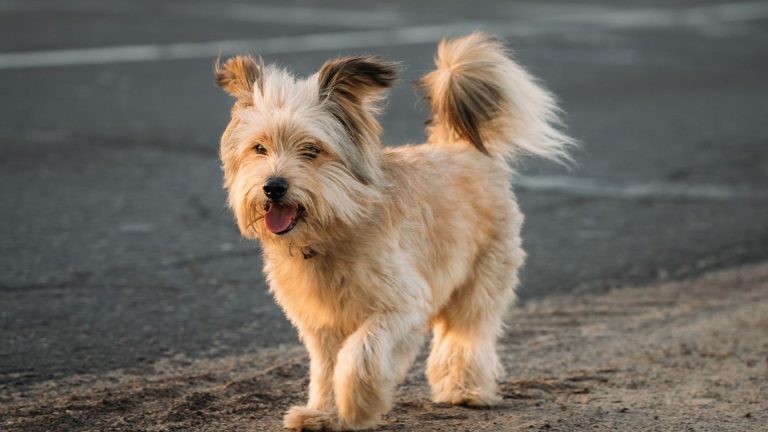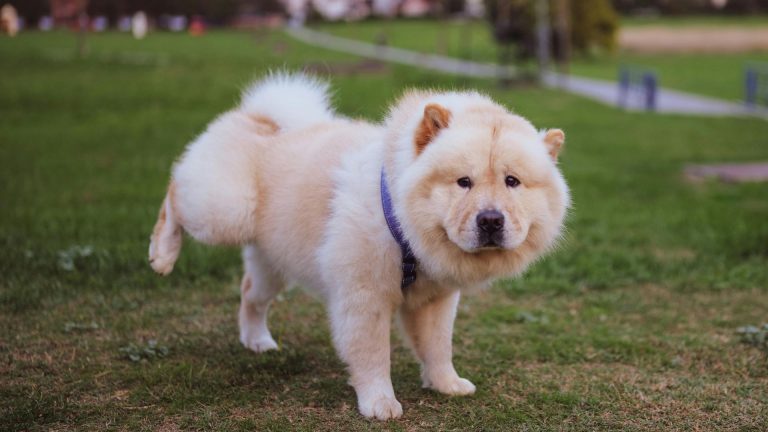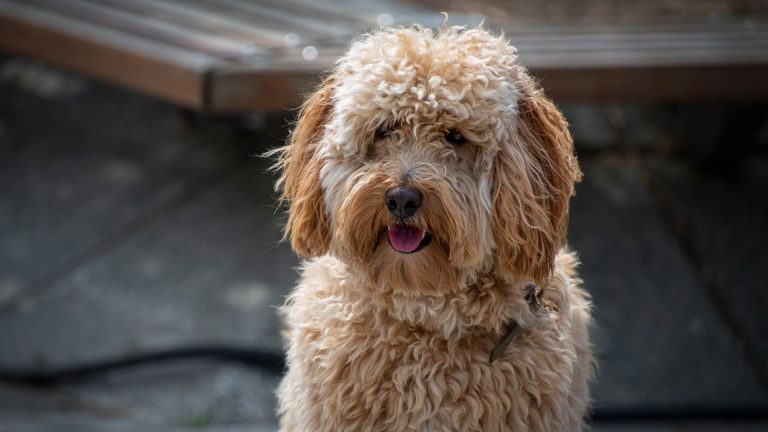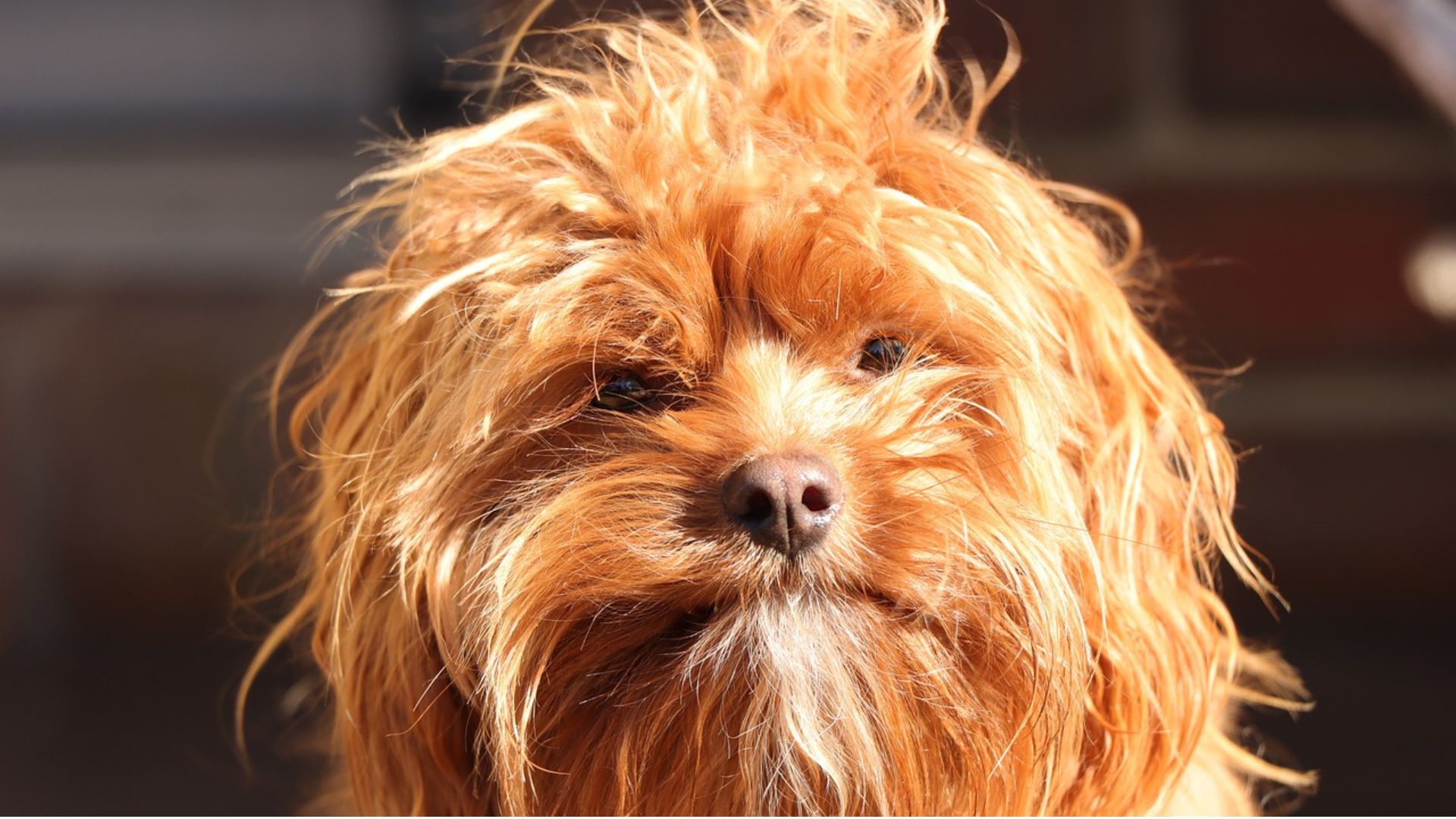
Contents
Cavadoodles, a crossbreed between the Cavalier King Charles Spaniel and the Poodle, are beloved for their friendly and affectionate nature. These adorable dogs have quickly become a favorite among families and individuals seeking a loyal and playful companion. With their charming appearance and delightful personality, Cavadoodles make excellent pets for various households.
Understanding the traits, care, and training of Cavadoodles is crucial for potential owners. These factors significantly impact the well-being and happiness of your pet. Knowing their physical traits helps in identifying their needs, such as grooming and exercise. Comprehending their personality ensures you provide the right environment and activities to keep them content. Proper care, including diet and healthcare, is essential to maintain their health and longevity.
Training is another critical aspect that influences a Cavadoodle’s behavior and social skills. Effective training fosters a well-behaved and happy pet, enhancing the bond between you and your dog. By understanding these key areas, you can ensure your Cavadoodle thrives in your home, bringing joy and companionship to your life.
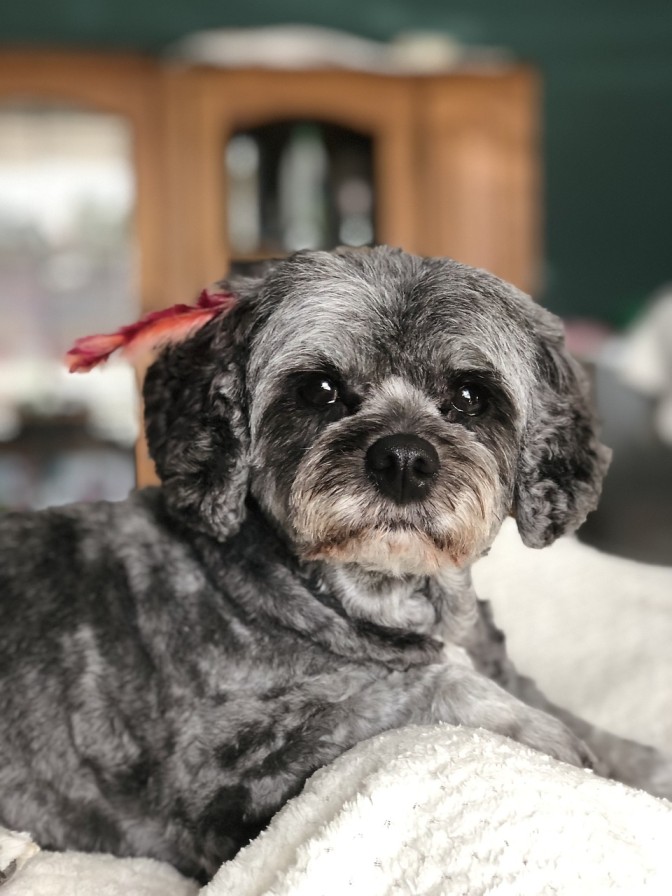
History and Origin
Cavadoodles are a delightful crossbreed, combining the best traits of the Cavalier King Charles Spaniel and the Poodle. This hybrid breed emerged to create a dog with a friendly disposition, low-shedding coat, and high intelligence. Breeders aimed to produce a pet that would be suitable for families, individuals, and even those with allergies.
The Cavalier King Charles Spaniel, one of the parent breeds, is known for its gentle and affectionate nature. These small dogs were originally bred as companion animals for royalty, especially in the courts of King Charles II. They are loyal, friendly, and love to be around people.
The Poodle, the other parent breed, comes in various sizes, with the Miniature and Toy Poodles often being used in Cavadoodle breeding. Poodles are renowned for their intelligence and hypoallergenic coats. Historically, Poodles were water retrievers, prized for their agility and trainability.
By blending these two breeds, breeders aimed to create a dog that combines the Cavalier’s loving nature with the Poodle’s smart and low-shedding qualities. The result is the Cavadoodle, a versatile, affectionate, and intelligent companion that fits well into various lifestyles.
Physical Traits
Cavadoodles exhibit a charming blend of physical traits inherited from their Cavalier King Charles Spaniel and Poodle parents. These traits contribute to their appealing and distinctive appearance.
Size and Weight Range
Cavadoodles come in a range of sizes, primarily influenced by the size of the Poodle parent. Generally, they can be categorized into Miniature and Toy Cavadoodles. Miniature Cavadoodles typically weigh between 12 to 25 pounds and stand around 12 to 15 inches tall at the shoulder. Toy Cavadoodles are smaller, usually weighing between 7 to 15 pounds and standing about 9 to 12 inches tall.
Coat Types and Colors
Cavadoodles have diverse coat types, reflecting their mixed heritage. Their coats can be curly like a Poodle’s, wavy, or straight, resembling the Cavalier King Charles Spaniel. The texture and type of coat can vary even within the same litter. This variety makes Cavadoodles suitable for families with mild allergies, as the curly or wavy coats tend to shed less.
In terms of color, Cavadoodles come in a wide range of hues. Common colors include apricot, black, white, cream, and chocolate. They can also have multiple colors, with combinations like black and white, apricot and white, or tri-color being quite popular. These color variations add to their unique and attractive appearance.
Common Physical Characteristics
Cavadoodles often have a well-proportioned body, expressive eyes, and a sweet, friendly expression. Their ears are usually floppy and covered with soft fur, adding to their endearing look. They possess a sturdy build, reflecting the athleticism of their Poodle lineage, and the elegance of the Cavalier King Charles Spaniel. Overall, Cavadoodles are known for their charming and playful appearance, making them irresistible to dog lovers.
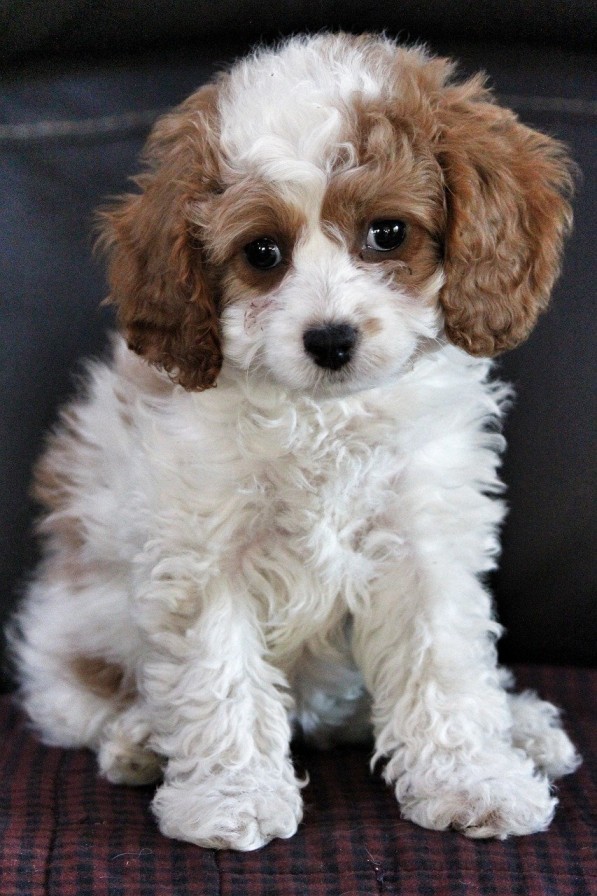
Personality and Temperament
Cavadoodles are celebrated for their delightful personality and temperament. They inherit the best qualities from both parent breeds, making them well-loved companions.
General Temperament of Cavadoodles
Cavadoodles are known for their friendly and affectionate nature. They thrive on human interaction and are eager to please their owners. This breed is often described as loyal, loving, and gentle. Cavadoodles are excellent companions for families, singles, and seniors alike, adapting well to various living situations.
Social Behavior with Humans and Other Pets
Cavadoodles are highly social dogs. They enjoy being around people and often form strong bonds with their families. Their gentle and friendly demeanor makes them great with children, providing both companionship and playfulness. Cavadoodles are also known to get along well with other pets, including dogs and cats. Their social nature and lack of aggression contribute to a harmonious household environment.
Energy Levels and Playfulness
Cavadoodles have moderate energy levels. They enjoy playtime and physical activities but are also content to relax with their owners. Daily walks and interactive play sessions help keep them happy and healthy. These dogs are known for their playful antics and joyful spirit, bringing fun and laughter to their homes. While they love to play, they are also adept at sensing when it’s time to calm down, making them adaptable to different energy levels within a household.
Cavadoodles are affectionate, social, and playful dogs that make excellent companions. Their friendly temperament, combined with their moderate energy levels, ensures they fit well into various lifestyles, providing joy and companionship to their owners.
Care Requirements
Caring for a Cavadoodle involves understanding their grooming, dietary, exercise, and health needs. Proper care ensures your Cavadoodle stays healthy, happy, and well-adjusted.
Grooming Needs
Cavadoodles have varying coat types, requiring regular grooming. Brushing their coat two to three times a week helps prevent matting and tangling, especially if they have a curly or wavy coat. Bathing should be done every four to six weeks, or as needed, using a dog-friendly shampoo to maintain their coat’s health and shine. Regular trimming, particularly around the eyes, ears, and paws, keeps your Cavadoodle looking neat and comfortable. Additionally, routine ear cleaning and teeth brushing are essential to prevent infections and dental issues.
Dietary Needs and Feeding Guidelines
A balanced diet is crucial for a Cavadoodle’s health. High-quality commercial dog food, tailored to their size and activity level, provides necessary nutrients. Adult Cavadoodles generally need 1 to 1.5 cups of dry food daily, divided into two meals. Puppies and more active dogs may require more frequent feedings. Fresh water should always be available. It’s important to avoid overfeeding, as Cavadoodles can be prone to obesity. Treats should be given in moderation and be healthy options.
Exercise Requirements
Cavadoodles have moderate energy levels and enjoy regular exercise. Daily walks, playtime in a secure yard, or interactive games help keep them physically and mentally stimulated. Aim for at least 30 to 60 minutes of exercise daily. Mental stimulation, such as puzzle toys or training sessions, is also beneficial to keep them engaged and prevent boredom.
Common Health Issues and Preventive Care
Cavadoodles can inherit health issues from their parent breeds, including hip dysplasia, heart problems, and eye conditions. Regular veterinary check-ups, a healthy diet, and maintaining an appropriate weight can help mitigate these risks. Vaccinations, flea and tick prevention, and dental care are also essential aspects of preventive care. Early detection and treatment of any health issues can significantly improve their quality of life.
Proper grooming, a balanced diet, regular exercise, and preventive healthcare are vital to maintaining your Cavadoodle’s overall well-being. With the right care, your Cavadoodle will thrive and bring joy to your home.
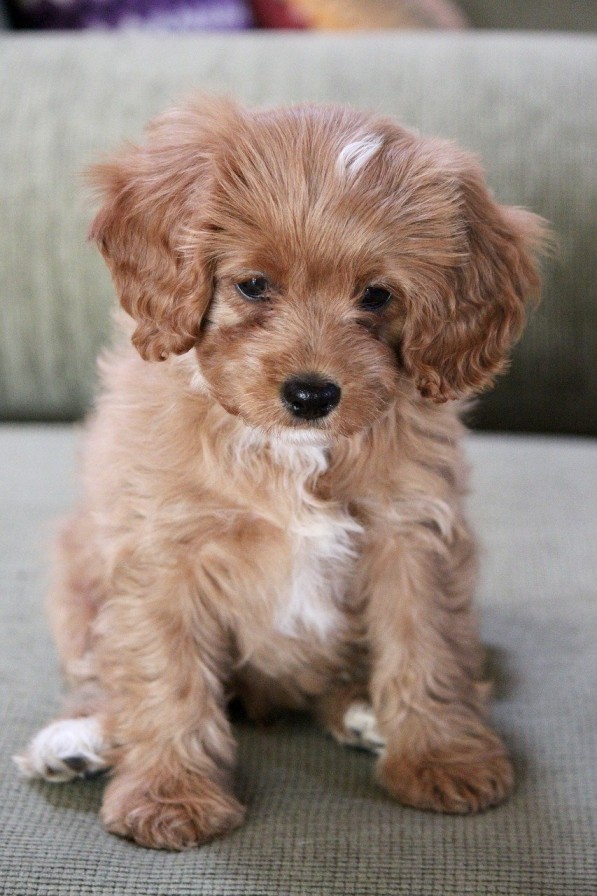
Training Cavadoodles
Training your Cavadoodle is essential for ensuring they grow into well-behaved and happy pets. Their intelligence and eagerness to please make them relatively easy to train, provided you use consistent and positive methods.
Basic Obedience Training Tips
Begin training your Cavadoodle with basic commands like sit, stay, come, and down. Use positive reinforcement techniques, such as treats, praise, and play, to reward good behavior. Keep training sessions short, around 10-15 minutes, to maintain their interest and prevent frustration. Consistency is key—practice commands regularly and in various environments to reinforce learning. Patience and repetition help your Cavadoodle understand and follow commands effectively.
Socialization Techniques
Socializing your Cavadoodle from a young age is crucial. Expose them to different people, environments, and other animals to help them become well-rounded and confident. Puppy socialization classes are excellent for structured interactions. Arrange playdates with other dogs and take your Cavadoodle to parks and pet-friendly places. Gradually introduce new experiences to avoid overwhelming them. Proper socialization reduces fear and anxiety, promoting a friendly and adaptable temperament.
Crate Training and Housebreaking
Crate training is an effective way to housebreak your Cavadoodle and provide them with a safe space. Choose a crate large enough for them to stand, turn around, and lie down comfortably. Introduce the crate positively, making it a pleasant place with toys and treats. Use the crate for short periods, gradually increasing the time as they become comfortable. Take your Cavadoodle outside frequently, especially after meals and naps, to establish a routine for bathroom breaks. Praise and reward them for going outside to reinforce good behavior.
Advanced Training Possibilities
Once your Cavadoodle masters basic obedience, consider advanced training to challenge their intelligence and keep them engaged. Agility training, advanced tricks, and even therapy dog training are great options. Agility courses provide physical and mental stimulation, strengthening your bond with your pet. Advanced tricks, such as fetching specific items or performing complex commands, showcase their intelligence and trainability. If your Cavadoodle has a calm and gentle temperament, therapy dog training allows them to provide comfort and support to those in need.
Training your Cavadoodle with consistency, patience, and positive reinforcement leads to a well-behaved and happy companion. Starting with basic obedience, proper socialization, crate training, and exploring advanced training ensures your Cavadoodle thrives and brings joy to your home.
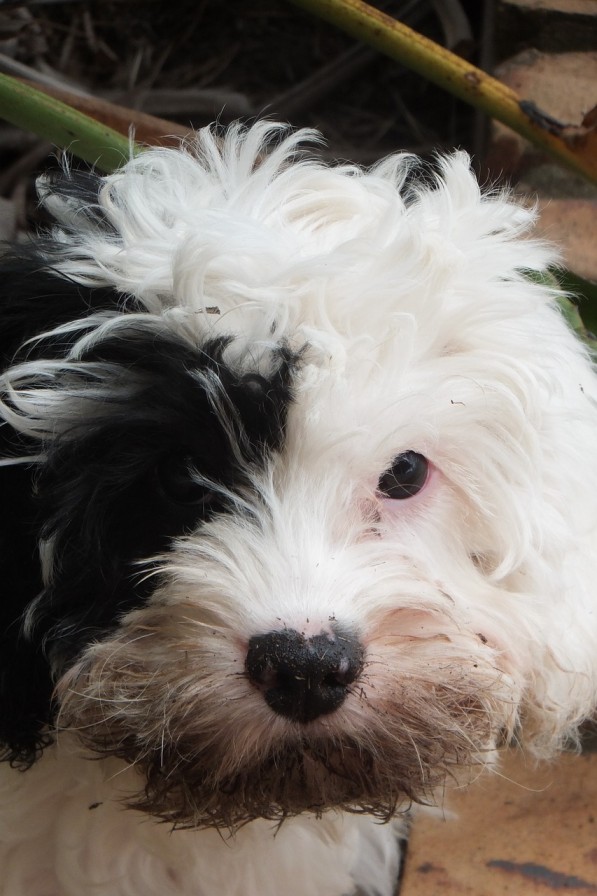
Living Conditions and Environment
Cavadoodles are adaptable dogs that can thrive in various living conditions. Understanding their needs and ensuring a safe environment is crucial for their well-being.
Suitable Living Spaces
Cavadoodles can comfortably live in both apartments and houses with yards. Their moderate size and adaptable nature make them well-suited for apartment living, provided they receive adequate exercise. In houses with yards, Cavadoodles enjoy the space to run and play, but they should not be left unsupervised for long periods. Regardless of the living space, regular walks and playtime are essential to meet their physical and mental needs.
Indoor vs. Outdoor Living Considerations
Cavadoodles are primarily indoor dogs. They thrive on human interaction and enjoy being part of family activities. While they benefit from outdoor playtime, they should not be left outside for extended periods, especially in extreme weather conditions. Hot summers and cold winters can be particularly harsh on Cavadoodles. Providing a comfortable indoor environment with access to fresh water, a cozy bed, and plenty of toys keeps them happy and healthy.
Safety Tips for Cavadoodles
Ensuring a safe environment is vital for your Cavadoodle’s well-being. Inside the home, secure electrical cords and keep harmful substances, like cleaning supplies and certain plants, out of reach. Install baby gates if necessary to restrict access to unsafe areas. Outdoors, ensure your yard is securely fenced to prevent escapes. Supervise your Cavadoodle during outdoor activities to protect them from traffic, wildlife, and other hazards. Regularly check and maintain their collar and leash to ensure they are secure and in good condition.
In summary, Cavadoodles can adapt to various living environments, including apartments and houses with yards. Prioritizing indoor living, providing adequate exercise, and ensuring a safe environment are key to their happiness and health. With proper care and attention, your Cavadoodle will thrive in any setting.
Interaction with Family and Children
Cavadoodles make excellent family pets due to their friendly and affectionate nature. They thrive on companionship and love being involved in family activities. Their adaptable temperament allows them to fit seamlessly into various household dynamics, providing joy and comfort to everyone.
Interaction with Children and Elderly
Cavadoodles are particularly good with children and the elderly. Their gentle and patient demeanor makes them wonderful playmates for kids, offering both companionship and fun. They enjoy participating in games and activities, which helps keep children engaged and active. For elderly family members, Cavadoodles offer comfort and companionship. Their calm and loving nature provides emotional support, making them ideal pets for seniors. They are intuitive and often sense when someone needs extra attention or affection.
Activities to Bond with Your Cavadoodle
Bonding with your Cavadoodle is essential for a strong and happy relationship. Regular activities like daily walks and playtime help establish a connection. Interactive games such as fetch, tug-of-war, and hide-and-seek keep them mentally and physically stimulated. Training sessions, where you teach new tricks or commands, also strengthen your bond while enhancing their obedience. Quiet time, such as cuddling on the couch or gentle petting, further deepens the bond. Including your Cavadoodle in family activities, like picnics or outings to the park, ensures they feel like a valued member of the family.
Cavadoodles excel as family pets, interacting beautifully with children and the elderly. Engaging in various bonding activities ensures a strong and loving relationship with your Cavadoodle, making them a cherished part of your family.

Pros and Cons of Owning a Cavadoodle
Cavadoodles are known for their friendly and affectionate nature, making them excellent companions. Their adaptable temperament allows them to fit well into various living situations, from apartments to houses with yards. They are generally good with children and the elderly, providing comfort and companionship to family members of all ages.
Cavadoodles are also relatively easy to train due to their intelligence and eagerness to please. Their hypoallergenic coats make them suitable for people with mild allergies. Overall, their charming personality, adaptability, and trainability make Cavadoodles a popular choice for many families.
Potential Challenges and How to Address Them
Owning a Cavadoodle comes with certain challenges. Their coats, while hypoallergenic, require regular grooming to prevent matting and tangling. This means brushing several times a week and regular professional grooming. Cavadoodles also have moderate energy levels, requiring daily exercise and mental stimulation to keep them happy and healthy. Without adequate activity, they can become bored and potentially develop behavioral issues. Cavadoodles can be prone to separation anxiety if left alone for long periods. Providing interactive toys and ensuring they are not left alone for extended times can help mitigate this issue.
While Cavadoodles offer numerous benefits as loving and adaptable pets, they require consistent grooming, exercise, and attention. By addressing these needs, you can ensure a happy and healthy life for your Cavadoodle, making them a delightful addition to your family.
Conclusion
In conclusion, Cavadoodles are a wonderful addition to any household, offering a perfect blend of affection, intelligence, and playfulness. Understanding their traits, care, and training requirements is crucial for providing them with a happy and healthy life. From their charming physical characteristics to their friendly temperament, Cavadoodles have much to offer as loyal and loving companions.
Proper grooming, a balanced diet, regular exercise, and preventive healthcare are essential to maintaining their well-being. Training your Cavadoodle with patience and consistency ensures they develop good behavior and social skills. Additionally, creating a safe and suitable living environment, along with meaningful interactions with family members, enhances their quality of life.
While owning a Cavadoodle comes with its set of challenges, such as grooming needs and the potential for separation anxiety, these can be managed with proper care and attention. The advantages of having a Cavadoodle, including their adaptability, friendliness, and low-shedding coats, far outweigh the challenges.
By understanding and addressing their needs, you can enjoy a rewarding and joyful relationship with your Cavadoodle. They will undoubtedly bring immense love and happiness to your home, making them a cherished member of your family.
Follow my blog with Bloglovin
Hello, I’m Donna Carter, the founder and writer behind PetFleck.com. My journey with dogs started years ago, and it’s been a passion that has only grown stronger over time. I’ve always been fascinated by the unique behaviors and characteristics of different dog breeds, and this curiosity has led me to dive deep into the world of canine studies.
My love for dogs is the driving force behind everything I do. I’ve dedicated countless hours to researching and understanding the nuances of dog care, training, and breed-specific traits. This dedication helps me create content that is not only informative but also genuinely helpful for fellow dog lovers and owners.
At PetFleck, I combine my extensive knowledge and hands-on experience with my passion for dogs to provide valuable insights and tips. Whether it’s exploring different breeds or offering practical advice on dog care, I aim to share knowledge that makes a real difference in the lives of dogs and their families.
I’m thrilled to share my love for dogs with you through my writing. I hope my articles inspire and inform, helping you to better understand and appreciate the incredible bond we share with our furry friends.
Thank you for visiting PetFleck.com, and I look forward to connecting with you through our shared love of dogs!
